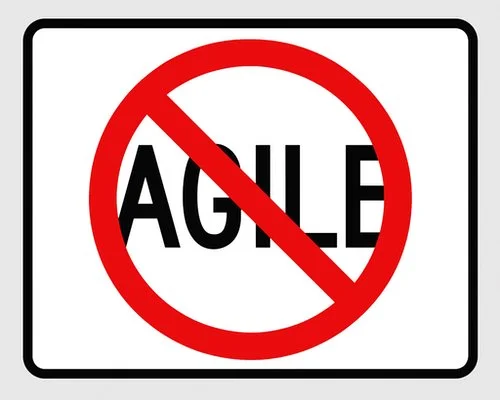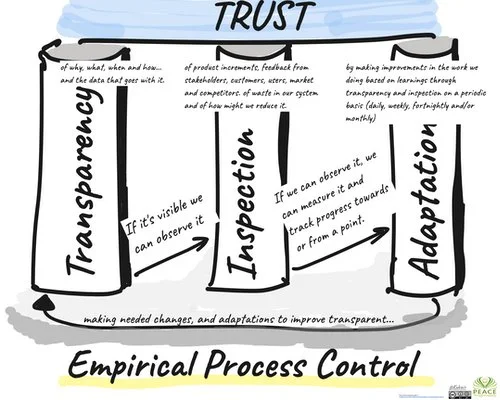Agile by Any Other Name?
This isn’t about one big company getting it wrong. I’ve seen this movie play out across sectors — Pharma, FMCG, Telco, even the public sector. It’s practically a genre at this point: “Agile Transformation: The Musical.” Starring consultants with glossy decks, a cast of confused employees, and a plot that ends in collective amnesia about why any of it started in the first place.
There’s always that moment where someone says, “Didn’t we try agile a few years ago?” And someone else quietly mutters, “Yeah… let’s not do that again.”
Cut to today, and a new leadership team, full of good intentions, wants to revive agility.
But there’s a catch: the word agile now triggers more eye-rolls than excitement.
It’s become… radioactive.
So what do you do when the thing you need is wrapped in a label people have come to distrust?
The Case for Ditching the Word
Look, I get it. When a word becomes associated with trauma , and let’s not sugar-coat that, the instinct is to put it away.
Rebrand. Repackage. Rename.
Call it “modern ways of working,” “adaptive delivery,” “team effectiveness,” whatever helps avoid the allergic reaction.
And maybe that makes the medicine easier to swallow — at first.
But here’s the catch.
That’s Not Healing. That’s Hiding.
You can’t change the narrative by swapping the title.
People are smart. They’ll spot the remix a mile off.
“Wait, isn’t this just Agile 2.0?”
And with that, the walls go right back up.
You haven’t rebuilt trust, you’ve just postponed the resistance.
When a word’s been misused, misunderstood, or weaponised, the answer isn’t to run from it. The answer is to reclaim it. To show what it can look and feel like when done with care, humility, and intent.
Agile Wasn’t the Problem. What Was Done In Its Name Was.
Let’s be clear. The frameworks weren’t the issue.
The principles weren’t the problem.
It was the way it was done to people, not done with them.
Agile — real, values-led agility — is about relationships, learning, transparency, feedback, and flow.
It’s about working with what’s real, not what’s ideal.
And if that’s the change we want to bring about, then we don’t need to rename it. We need to live it.
So What’s the Path Forward?
Let’s not overthink this. Let’s keep it human.
1. Own the Past
Say it plainly: “We’ve been here before. It didn’t land the way we hoped.” Don’t defend it. Don’t excuse it. Honour the scar tissue.
2. Lead with Values, Not Labels
Don’t front-load with frameworks or ceremonies. Start with the stuff that matters: trust, transparency, courage. Let people feel the difference before they name it.
3. Start Small. Go Local.
Find teams who are up for it. Help them experiment. Make it safe to try. Share learning — not just success. Let the ripple effect do its thing.
4. Invite, Don’t Impose
Agility can’t be rolled out. It’s grown. Create the conditions. Show up consistently. Walk with teams — not ahead of them.
5. Reclaim the Label — When It’s Time
When someone says, “This feels different,” — that’s your moment.
That’s when you say, “Yes. This is what agile was always meant to be.”
My Take? Stick With the Label. But Mean It.
Agile doesn’t need a new name. It needs a new experience.
Let’s not hide behind euphemisms. Let’s not run from the word because someone else broke it. Let’s reclaim it by doing it right. Together.
Let the behaviour lead.
Let the experience speak.
And when the time is right, let people say with quiet confidence:
“This is agile — just not the kind you remember.”
Thank you for reading.
If you’re new here, I’m Kubair Shirazee. I help people, teams, organisations and communities navigate past the status quo and explore better ways of collaborating and delivering impact.










